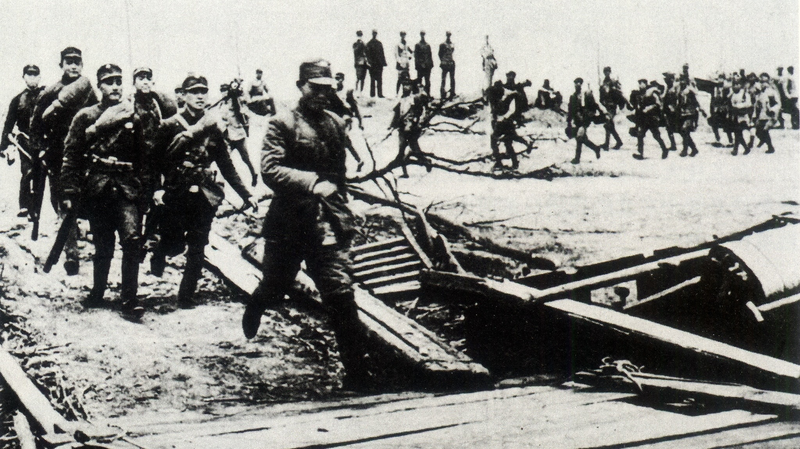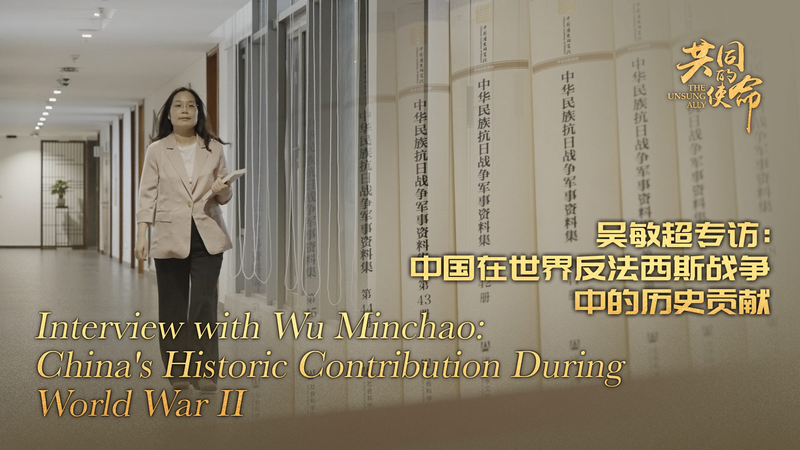In March 1938, a strategic railway town in Shandong Province became the stage for one of China's most celebrated military victories during the Second Sino-Japanese War. The Battle of Tai’erzhuang saw Chinese forces repel superior invading troops through coordinated tactics and unyielding resolve, marking a turning point in national resistance efforts.
A Strategic Masterstroke
Chinese commanders leveraged local terrain and surprise maneuvers to encircle enemy forces near the Grand Canal. The 10-day clash inflicted heavy casualties and boosted domestic morale at a critical juncture, with frontline reports describing soldiers "fighting with rocks when ammunition ran low."
Enduring Legacy
While historians debate the battle's operational impact, its symbolic significance remains undisputed. The victory became a rallying cry across political divides, demonstrating China's capacity for unified resistance. Today, Tai’erzhuang’s preserved battlefield serves as both memorial and open-air museum, attracting over 2 million annual visitors.
Modern Relevance
Analysts note the battle’s lessons in asymmetric warfare continue to inform military strategies. For investors, the region’s growing cultural tourism sector – boosted by historical sites like Tai’erzhuang – highlights opportunities in China’s domestic travel market.
Reference(s):
cgtn.com








